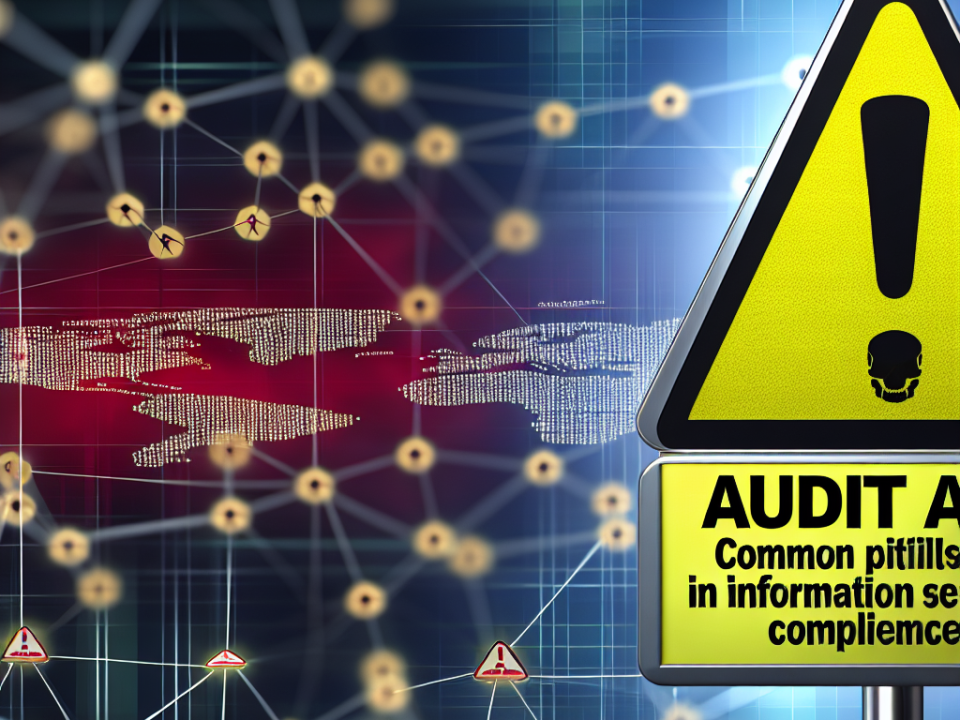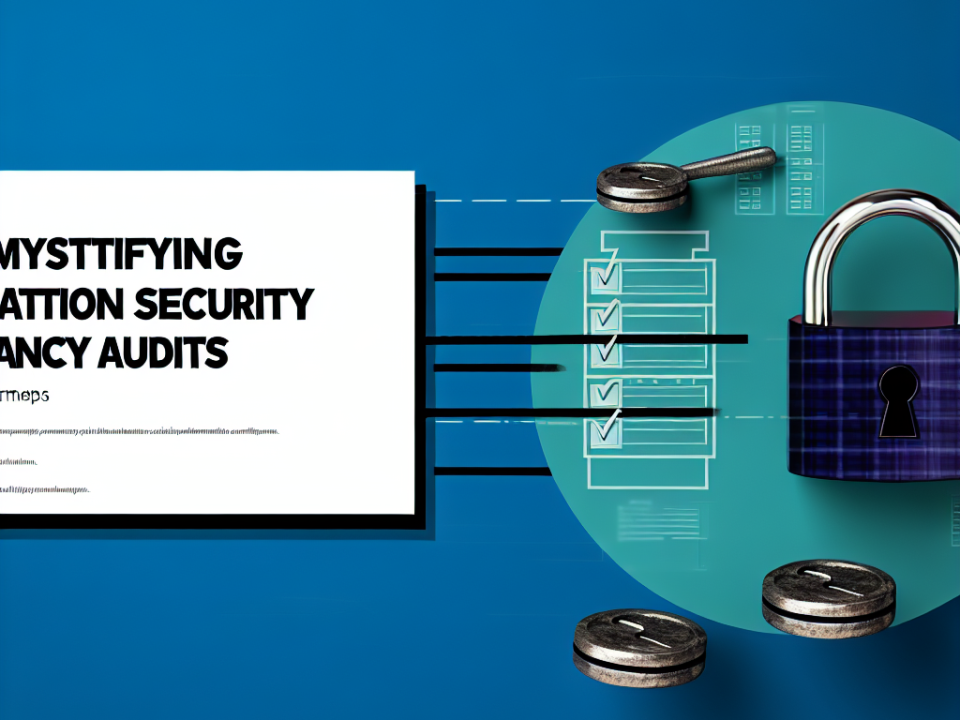
Navigating Cyber Threats: Why Your Company Needs a vCISO Today
August 3, 2025
Cost-Effective Cybersecurity: How a vCISO Can Save Your Business Money
August 4, 2025
In today’s digital age, the landscape of cybersecurity is more complex than ever. As businesses increasingly depend on technology for day-to-day operations, they become prime targets for cybercriminals. In response, governments and regulatory bodies around the world have implemented stringent cybersecurity regulations aimed at protecting sensitive information. However, the failure to comply with these regulations can lead to severe consequences. Understanding the penalties associated with non-compliance is crucial for organizations looking to safeguard not just their data but also their operational integrity.
The Landscape of Cybersecurity Regulations
-
General Data Protection Regulation (GDPR): Introduced by the European Union, the GDPR has set a high standard for data protection. Organizations that fail to comply can face fines up to 4% of annual global revenue or €20 million, whichever is higher.
-
Health Insurance Portability and Accountability Act (HIPAA): In the United States, HIPAA establishes guidelines for the protection of health information. Non-compliance can lead to civil penalties ranging from $100 to $50,000 per violation, with a maximum annual penalty of $1.5 million.
-
Payment Card Industry Data Security Standard (PCI DSS): Companies that handle credit card transactions must adhere to PCI DSS. Failure to comply can result in hefty fines from payment processors, as well as potential liabilities for breaches.
- Federal Information Security Modernization Act (FISMA): U.S. federal agencies must comply with FISMA, which emphasizes the protection of federal information systems. Non-compliance can result in significant operational disruptions and federal penalties.
Financial Consequences of Non-Compliance
1. Fines and Penalties
The most immediate financial consequence of non-compliance comes in the form of fines. Regulatory bodies have the authority to impose steep penalties depending on the severity and nature of the violation. These fines can be crippling for small and medium-sized enterprises (SMEs) that may not have the financial resources to absorb such costs.
2. Litigation Costs
Non-compliance can open the floodgates for lawsuits from affected parties. The legal costs associated with defending against lawsuits and potential civil claims can accumulate quickly, diverting resources away from core business activities.
3. Increased Insurance Premiums
Cyber insurance is becoming an essential component of risk management for many organizations. However, non-compliance with cybersecurity standards can lead to increased premiums or even denial of coverage altogether. Insurers may view non-compliance as a significant risk factor, which can drive up costs substantially.
4. Loss of Business Opportunities
For many companies, compliance is a prerequisite for business partnerships and contracts. Non-compliance can lead to reputational damage, resulting in the loss of existing clients and potential future business. Companies may find it challenging to negotiate contracts with clients who prioritize cybersecurity.
Additional Consequences Beyond Financial Costs
1. Reputational Damage
In an interconnected world, news of a data breach or regulatory violation spreads rapidly, damaging a company’s reputation. Once trust is lost, it can take years to rebuild, if it can be repaired at all.
2. Operational Disruptions
Compliance failures can lead to operational issues, including the inability to process transactions, disrupted services, and system downtimes. Such disruptions can affect productivity and customer satisfaction and have far-reaching implications for overall business performance.
3. Regulatory Scrutiny
Organizations that suffer compliance violations may find themselves under increased scrutiny from regulators. This can lead to more rigorous audits and oversight, affecting the organization’s ability to operate efficiently.
Developing a Compliant Cybersecurity Strategy
-
Risk Assessment: Regularly assess your organization’s risk and vulnerabilities to tailor a compliant cybersecurity strategy effectively.
-
Employee Training: Train employees on the importance of cybersecurity compliance and best practices to mitigate risks.
-
Investment in Technology: Implement advanced security solutions and software that comply with industry regulations to safeguard sensitive data.
- Stay Informed: Keep abreast of changes in regulations to ensure ongoing compliance. Cybersecurity is an ever-evolving landscape, and your strategy should adapt accordingly.
Conclusion
The cost of non-compliance with cybersecurity regulations is a multifaceted issue that extends beyond mere financial penalties. As cyber threats grow more sophisticated, businesses must recognize the importance of adhering to established standards. Investing in cybersecurity compliance not only protects sensitive data but also safeguards an organization’s reputation, operational integrity, and overall success. The long-term benefits of being proactive in cybersecurity far outweigh the risks and costs associated with non-compliance. In an era where data is power, compliance is non-negotiable.







